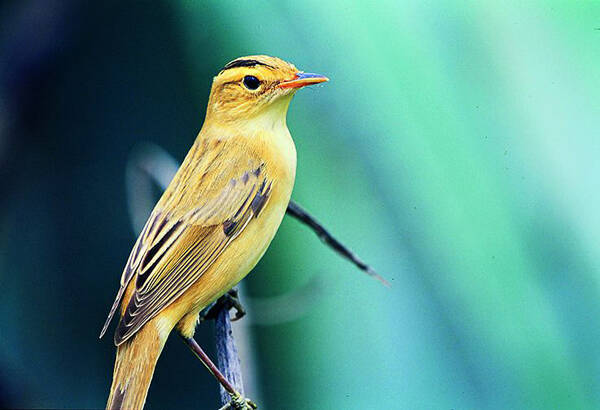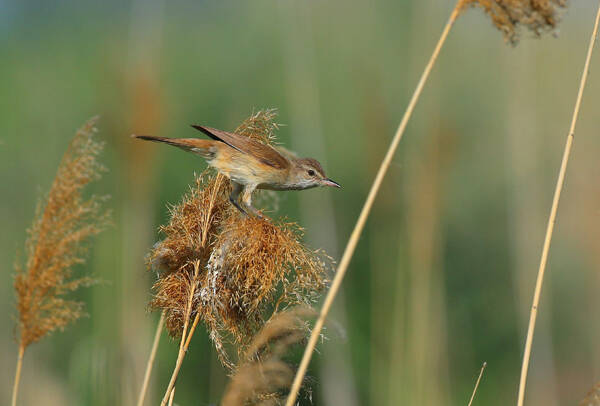The bird with the strongest ability to imitate is the reed warbler in the family Acrocephalidae. It is a common insect-eating bird in reed ponds and swamp areas. The most common species in China is the great reed warbler (Acrocephalusarundiaceus), which is the largest among the warblers. Also includes Acrocephalus bistrigiceps, Acrocephalus tangorum, Acrocephalus concinens, Acrocephalus orientalis, Acrocephalus aedon, and Great Reed Warbler (Acrocephalus stentoreus), Brown-fanned Reed Warbler (Cisticola juncidis tinnabulans Rafinesque). This bird is the most capable bird in the world and can imitate more than 60 kinds of animal sounds.

Reed Warbler species are difficult for even the most experienced birdwatchers to identify with the naked eye. The best way to distinguish different species of reed warblers and warblers is by their calls. This may also be the main way for them to identify each other's kin. Reed warblers inhabit swamp reeds in Eurasia. They are also often found in Tamsui River and Kaohsiung in Taiwan, China.
The Great Reed Warbler is commonly known as the Great Reed Warbler, the Great Reed Warbler, and the Grasshopper. The back feathers are brown with light yellow eyebrow lines, the lower body is light white, and the chest has unobvious gray-brown vertical stripes. They are the typical dominant species near reed ponds and water depressions, and also move around in nearby small trees, shrubs and grass. The sound is high and loud, like "karra-karra-karreet-karreet-karret" or "brit-iprt-pritik". From a distance, it sounds like a continuous "ga, ga, ji-", which is often mistaken for It's the frog's cry.

The aquatic reed warbler is a globally vulnerable species. A recent article published in IBIS pointed out that large numbers of aquatic reed warblers stop in the wetlands of northwest France to replenish energy when they migrate from their breeding grounds in Europe to overwinter in Africa. The article said that aquatic reed warblers migrate throughout the summer, but the peak is in the third week of August, but some aquatic reed warblers do not stop over. The author pointed out that there is no evidence that the aquatic reed warbler has two migration routes, the Atlantic and the Mediterranean. The aquatic reed warbler found on the Mediterranean coast of Spain migrated from the Atlantic coast of France. Water-dwelling reed warblers migrate through 30 special protected areas designated in France, but none are specifically designated for this species. A working group is implementing actions to improve the quality of aquatic reed warbler habitat.

Distribution map of Sylviidae, a second-level protected species in the list of wild animals
Acrocephalus sorghophilus
Black-browed Reed Warbler Acrocephalus bistrigiceps
Far Eastern Reed Warbler Acrocephalus tangorum
Acrocephalus concinens
Acrocephalus orientalis
Thick-billed Reed Warbler Acrocephalus aedon
animal tags: Warbleridae
We created this article in conjunction with AI technology, then made sure it was fact-checked and edited by a Animals Top editor.